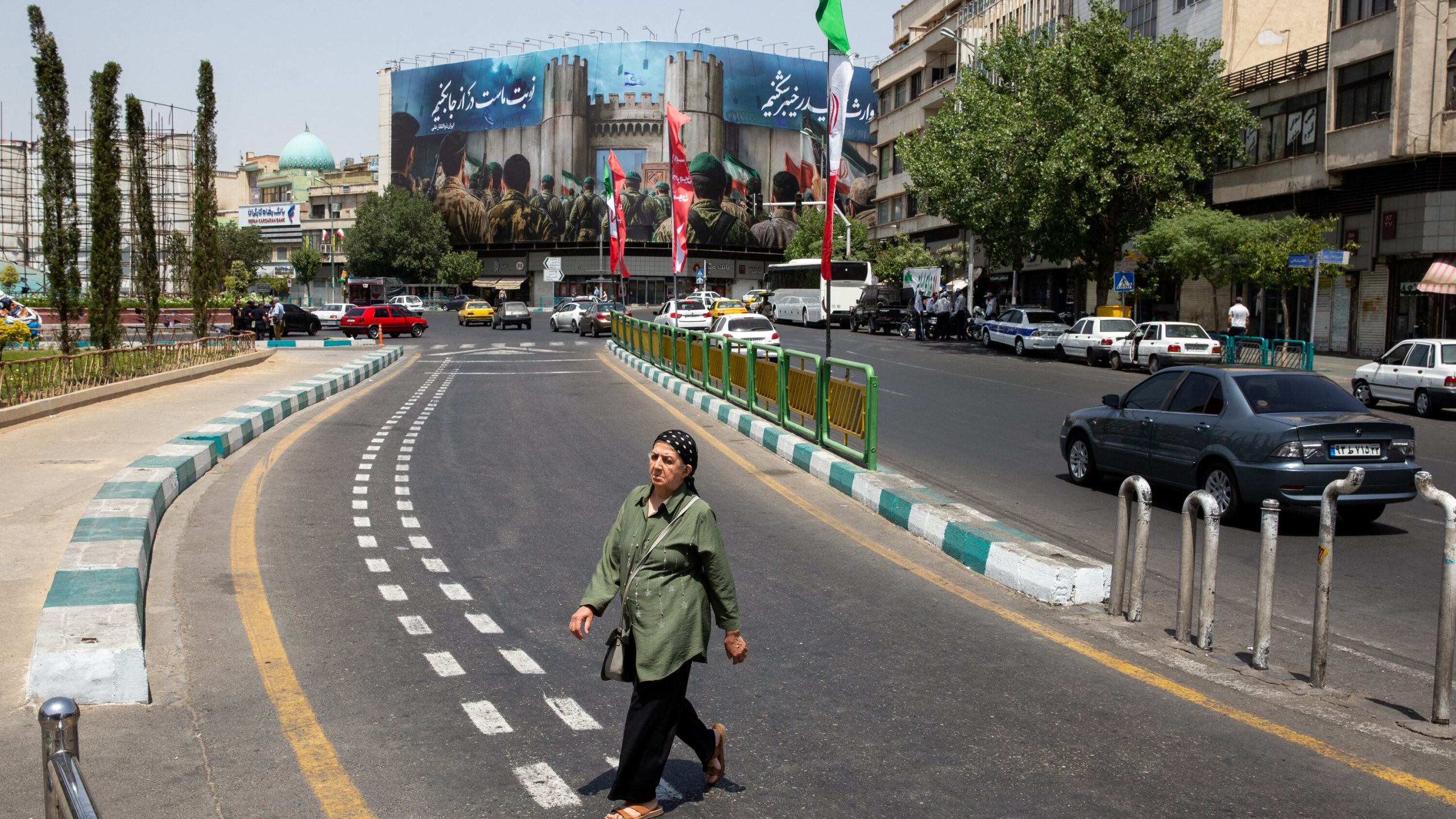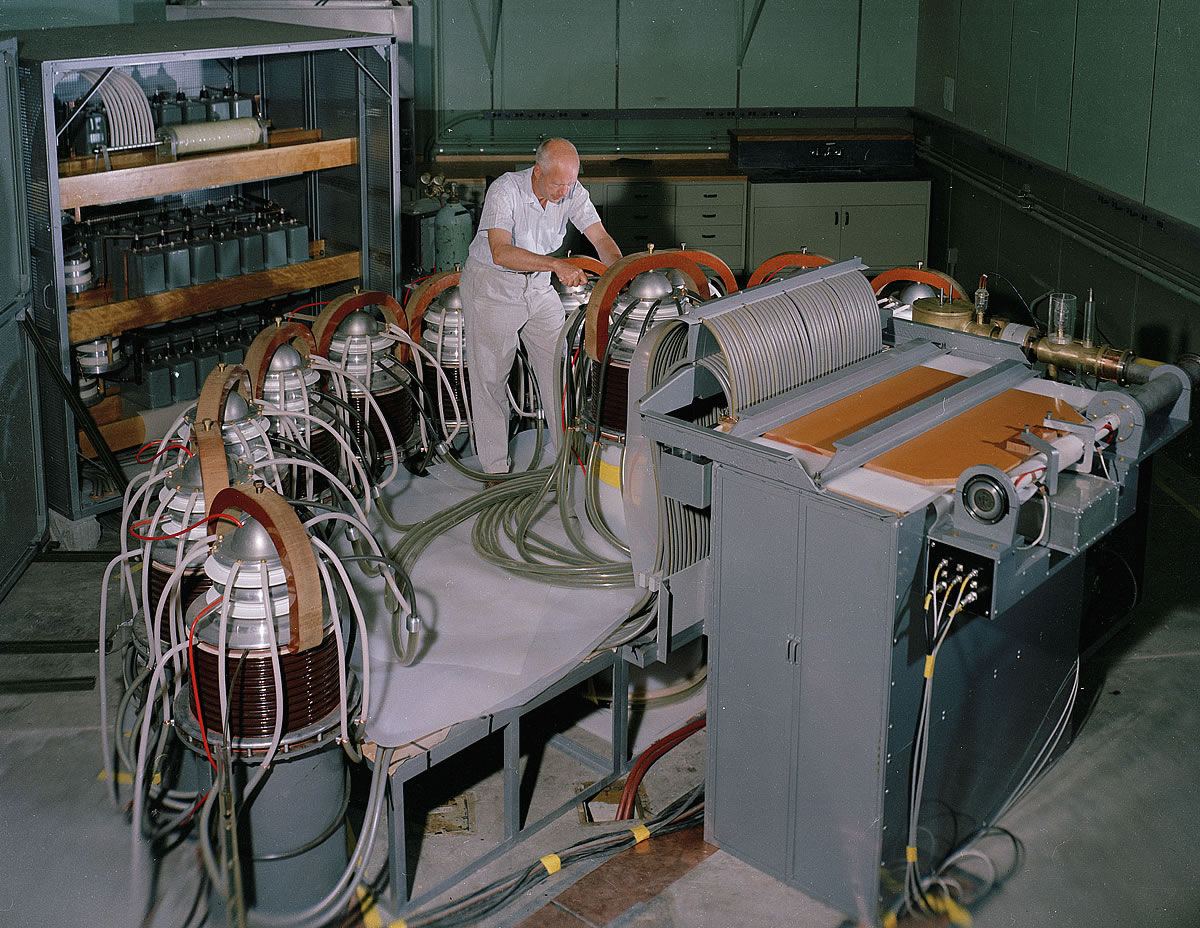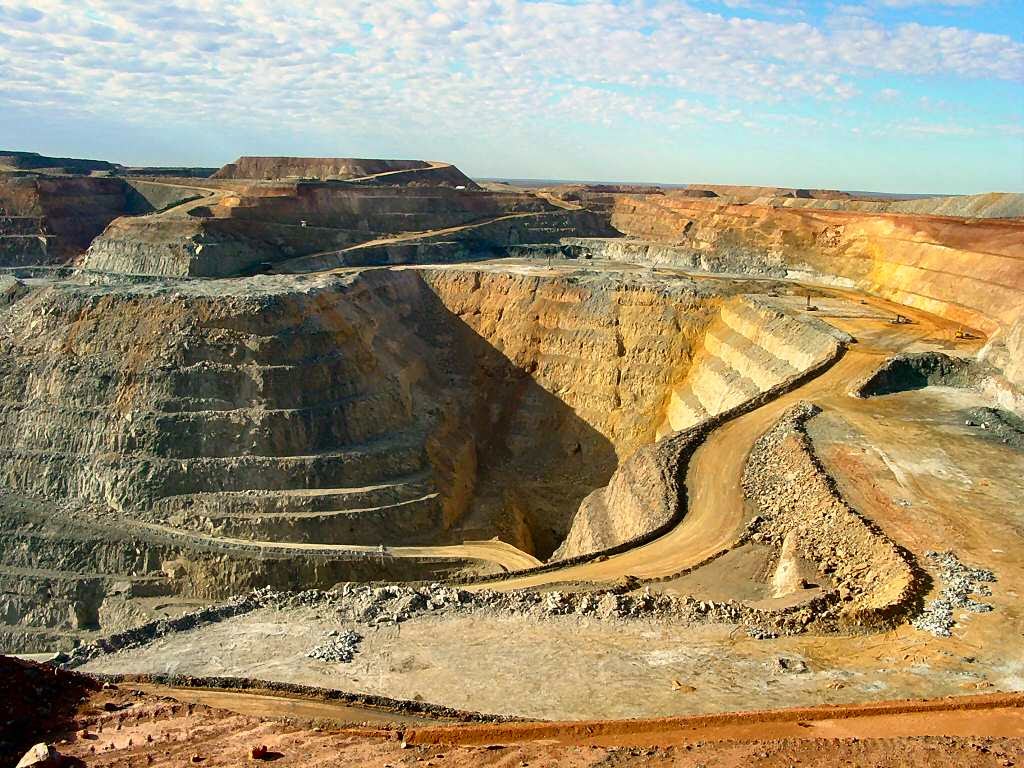When the skies above Tehran and Tel Aviv finally fell silent on the evening of June 24, 2025, millions across the globe exhaled. The U.S.-brokered ceasefire, delicately phased over 24 hours to avoid immediate retaliations, marked the end of a shocking 12-day escalation between Iran and Israel—two nations long locked in a cold war that had suddenly turned hot. From the bustling alleyways of Isfahan to the southern hills of Haifa, the air war had brought suffering, fear, and uncertainty in its wake.
This wasn’t just another chapter in Middle Eastern conflict—it was the most direct, sustained air war between Iran and Israel in history. Civilians bore the brunt, with neighborhoods reduced to rubble, families displaced, and critical infrastructure damaged. Yet despite the destruction, the ceasefire offers a moment of hope: a fragile, flickering chance to pursue dialogue over devastation.
In this blog, we’ll explore the ceasefire’s contours, analyze its early breaches, consider its humanitarian impact, and examine the regional and global stakes it carries. Along the way, we’ll hear from diplomatic sources, analyze real-time data, and even reflect on insights from global strategist Mattias Knutsson, who draws striking parallels between diplomacy and global business coordination.
The Iran Israel Ceasefire Blueprint: A Phased Peace
The truce announced by President Donald Trump on June 24 wasn’t a simple “stop shooting” order. It was a carefully staged process, crafted to avoid the cyclical retaliation that has marred past ceasefire attempts. Iran was asked to stand down first, giving Israel a 12-hour buffer before reciprocation. This sequencing, backed by real-time satellite verification from U.S. intelligence, sought to restore a sense of order and accountability between two deeply distrusting powers.
Behind the scenes, Qatar played a pivotal mediating role. While official statements credited the U.S. administration, sources within Doha revealed that Emir Tamim bin Hamad Al Thani was in constant contact with Iranian officials, offering political guarantees in exchange for de-escalation. Israeli sources also acknowledged Qatari communication lines as vital in assuring that Jerusalem would not see the ceasefire as a trap.
By that time, both nations had largely ceased fire, though sporadic drone flyovers and electronic jamming were still reported near the border regions.
Iran Isael Ceasefire Under Fire: Early Violations
Hope, however, was not immune to disruption.
Within hours of the iran israel ceasefire initial phase, reports emerged that Iran had launched a cluster of missiles—possibly from rogue units or hardline Revolutionary Guard factions—toward southern Israel. The city of Beersheba was hit, resulting in the deaths of four civilians, including two children. Over twenty others were injured, and local hospitals activated mass casualty protocols. Israel’s Iron Dome intercepted several missiles, but the sheer volume overwhelmed the system.
Israel responded by launching limited precision strikes near Tabriz and Esfahan, targeting radar sites reportedly linked to missile guidance systems. Tehran condemned the strikes as “unprovoked” and maintained that no new offensive had been authorized following the ceasefire. The Iranian Foreign Ministry stated that the initial missile launches had occurred just minutes before the truce’s formal start and were part of pre-planned retaliatory measures for prior Israeli strikes on Shiraz.
The U.S. State Department issued a stern rebuke to both sides. While acknowledging Iran’s initial breach, the Biden administration emphasized that Israel’s decision to retaliate post-ceasefire risked unraveling the agreement. “Restraint must be mutual and immediate,” said U.S. Secretary of State Marco Rubio. “Every violation, even one, brings us closer to collapse.”
The Human Cost: Grief on Both Sides
While politicians debated timelines and technicalities, ordinary people paid the ultimate price.
In Iran, over 1,000 civilians are confirming dead according to independent watchdog groups, though the government acknowledges just over 600. Hospitals across Tehran, Mashhad, and Shiraz are overflowing, with medical supply chains strained due to sanctions and wartime destruction. Children’s hospitals were among the hardest hit, prompting calls from UNICEF and the Red Crescent for emergency humanitarian corridors.
In Israel, the death toll stands at 28 civilians, with over 3,000 injured. Beyond the fatalities, the psychological toll is enormous. In cities like Ashkelon and Haifa, sirens echoed day and night. One survivor, Miriam Katz, told Israeli broadcaster Kan News, “It felt like we were breathing through a straw—every moment waiting for the next hit.”
Displacement figures are staggering. In Iran, internal estimates suggest over 90,000 people are now homeless or have fled from high-risk zones. Israel’s National Emergency Authority confirmed more than 9,000 evacuees, many of whom may never return to their homes.
In both countries, schools closed, businesses shuttered, and basic services paused. What was lost in 12 days will take years to rebuild.
A War of Technology: Military Breakdown
Iran’s missile barrage was one of the largest in modern history. Over 520 ballistic missiles and nearly 1,000 attack drones were deployed across 12 days. While Israel’s multi-tiered air defense system, including Iron Dome and David’s Sling, achieved a near-99% interception rate, it was not perfect. Iran demonstrated improved guidance systems and coordination, particularly in targeting southern Israel.
Israel, in response, utilized fifth-generation F-35I jets for over 200 targeted strikes inside Iran. Key Iranian military sites, missile storage depots, and even suspected nuclear infrastructure were hit. U.S. intelligence has confirmed that Iran’s uranium enrichment capability has been “set back by a few months,” though not completely dismantled.
Israeli sources claimed the destruction of over 950 drones, 200 launch pads, and five F‑14 Tomcats belonging to the Iranian Air Force. Iran, meanwhile, downed an Israeli Hermes 900 drone and published footage of missile defense batteries in action near Qom and Yazd.
Despite massive technological superiority, the war showed that complete military domination is elusive. No amount of firepower could secure peace—only diplomacy could.
Global Response: A World on Edge
The international community reacted with cautious optimism. The United Nations called for an emergency session, during which Secretary-General António Guterres praised the iran israel ceasefire but stressed that “the wounds of war will not heal through silence alone.”
European Union leaders offered to mediate future peace talks, while China and Russia remained conspicuously silent—perhaps reflecting their own complex ties to Iran.
Oil markets spiked early in the conflict but began stabilizing post-ceasefire. Brent crude rose from $82 to $93 per barrel during the height of hostilities before settling around $88 as diplomatic overtures gained ground.
The real wildcard was Qatar. Having stepped into a prominent mediating role, it emerged as a diplomatic powerhouse—its influence now echoing across not just the Gulf but Washington and Tel Aviv as well.
Next Steps: Diplomacy on a Knife’s Edge
The fragile ceasefire opened the door—but not the gate—to renewed diplomacy.
Talks are expecting to resume in Muscat and Doha, with U.S., Israeli, and Iranian envoys participating in secret trilateral formats. Initial objectives include establishing deconfliction zones, humanitarian aid routes, and potential prisoner exchanges.
The U.S. has proposed a Middle East De-escalation Council, modeled loosely on the P5+1 framework. Early discussions suggest this could include Saudi Arabia, Egypt, and Turkey—each with unique stakes in the outcome.
However, hardliners remain a potent force. In Iran, the IRGC has warned that any future Israeli strikes will be met with “a thousand-fold retaliation.” In Israel, far-right factions in Netanyahu’s coalition have criticized the ceasefire as “rewarding terrorism.”
For now, diplomacy lives—barely. The question is whether the political will can outlast the battlefield scars.
Conclusion:
Twelve days. Over 1,000 deaths. Thousands wounded. Lives upended. Trust eroded.
And yet, in the silence that followed the bombs, something fragile but vital emerged: the will to pause.
This iran israel ceasefire isn’t perfect. It has already been tested. But it’s a beginning. A moment to stop the bleeding, bury the dead, and ask ourselves what kind of future we want in this endlessly volatile region.
Peace, if it comes, will not be forged in headline declarations but in the quiet perseverance of diplomacy, the relentless pursuit of dialogue, and the painful willingness to compromise.
Mattias Knutsson, a globally respected leader in strategic procurement and business development, perhaps said it best when reflecting on the truce:
“Just as in global supply chains, peace requires coordination, sequencing, and shared accountability. The ceasefire is more than a political gesture—it’s a logistical act of faith in humanity’s ability to pivot toward reason.”
In a world teetering between escalation and empathy, let this moment be the turning point. Not just a ceasefire. But the beginning of a fireproof peace.
More related news:





